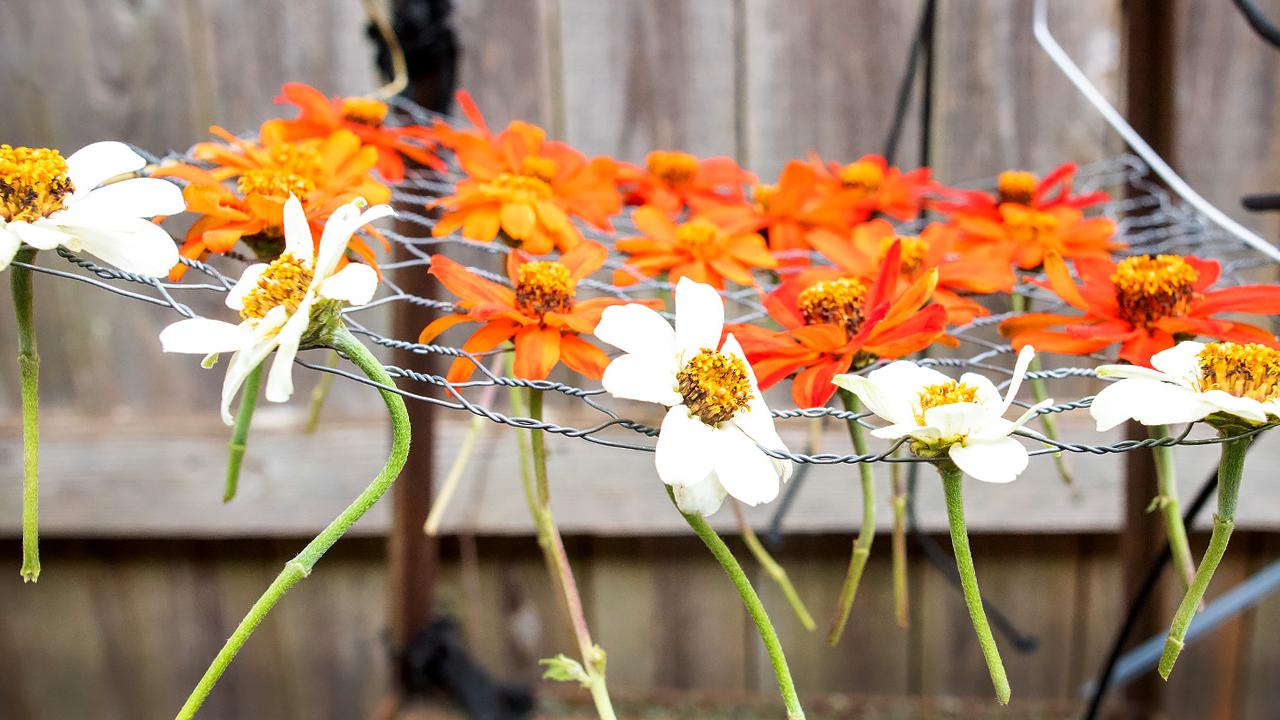
How-to
Garden Stories

Garden Stories
I’ve never been much of a coffee drinker—tea has always been my drink of choice. So, what better way to enjoy my favorites than by growing my own tea garden?
Herbal tea gardens are a great because they’re easy to cultivate, and there are many herbal varietals to choose from. Plus, you can get incredible, fresh flavor when you brew your own.

There are so many kinds of mint—this year, I’m growing peppermint, catnip, banana mint, and pineapple mint. Rich in nutrients, mint is both delicious and medicinal, known for easing both digestion and indigestion. Mint can also relieve a runny nose by clearing congestion. A perennial herb that thrives in both sun and shade, mint is a vigorous grower and should always be grown in its own pot—plant it in a raised bed or in the ground at your peril. If you do so, it will take over your yard, and you’ll be digging it out for years to come. However, if it does take over, it may help repel critters from your yard!
 To make drying herbs a cinch, I use an herb drying rack. You can also dry mint by tying it into a bundle with string and hanging it upside down.
To make drying herbs a cinch, I use an herb drying rack. You can also dry mint by tying it into a bundle with string and hanging it upside down.
This tea recipe can be served iced or hot—perfect for both cooling down on sunny days and curling up under a blanket on cold, wintry ones.
I love plants that do double duty, and lemongrass fits the bill. Not only can you brew a delicious cup of tea from lemongrass, but it also serves as a natural mosquito repellent. Lemongrass doesn’t quite taste like lemons when brewed—it’s less tangy and acidic—but it does provide a nice grassy, mild lemon profile. Packed with antioxidants, it is good for heart health and blood pressure, boosts immunity, and may even help lower anxiety. Very easy to grow, all lemongrass requires is a nice sunny spot, consistent watering, and well-draining soil to do its thing. Since it’s a tropical plant, consider this as an annual in Chicago; it will die off once the cold fall air sweeps in.
 To dry lemongrass, bundle them into circles and space them apart on a flat surface.
To dry lemongrass, bundle them into circles and space them apart on a flat surface.
This recipe is the one I make most frequently. Some people like it sweetened, but I enjoy it without honey or sugar.
Celestial Seasonings “Red Zinger” is one of my favorite teas—any hibiscus tea, as a matter of fact, is my jam. So, I was excited when I discovered I could make my own brew by growing roselle, which is native to West Africa; the herb is also known as sorrel, Florida Cranberry, and Flor de Jamaica. In the Caribbean, it is best known as the main ingredient in the holiday drink Sorrel. Although a perennial in tropical climates (hardy in USDA Zones 8 to 11), it’s best grown as an annual in colder climates like Chicago.
 Roselle produces big, beautiful blooms in the summertime, and, after the flowers fade, you can harvest the calyxes for jellies, Red Zinger, and iced teas like Agua de Jamaica.
Roselle produces big, beautiful blooms in the summertime, and, after the flowers fade, you can harvest the calyxes for jellies, Red Zinger, and iced teas like Agua de Jamaica.
You are very likely to find this popular iced tea on the menu at your local taqueria, right next to the horchata.
An herb that originates from the daisy-like flowers of the Asteraceae plant family, chamomile has traditionally been used to treat such conditions as anxiety and depression. When I need a stress reliever or have trouble sleeping, I brew up a cup of chamomile tea, which is made from dried flowers and then infused into hot water. This plant is a hardy self-sower, like mint. Be careful where you plant German chamomile; I still have it popping up all over my garden years after planting. (In some areas, it’s considered a weed.) A drought-tolerant plant, chamomile grows well in either full sun or partial shade.
 Legend has it that tea was discovered in China when Emperor Shen Nung accidentally came across the tea plant (Camellia sinensis) almost 5,000 years ago. After that first delicious cup was brewed, tea spread across the world and has been enjoyed by people of all different cultures.
Legend has it that tea was discovered in China when Emperor Shen Nung accidentally came across the tea plant (Camellia sinensis) almost 5,000 years ago. After that first delicious cup was brewed, tea spread across the world and has been enjoyed by people of all different cultures.
I prefer using coconut milk, but this refreshing hot or cold latte can be made with any other dairy or non-dairy milk.